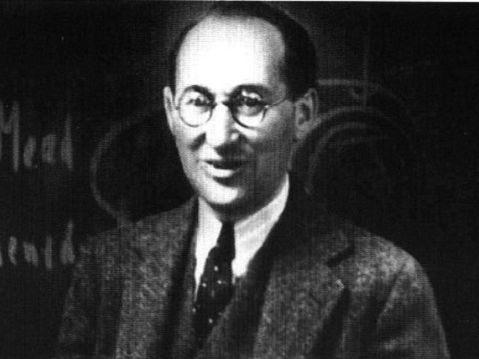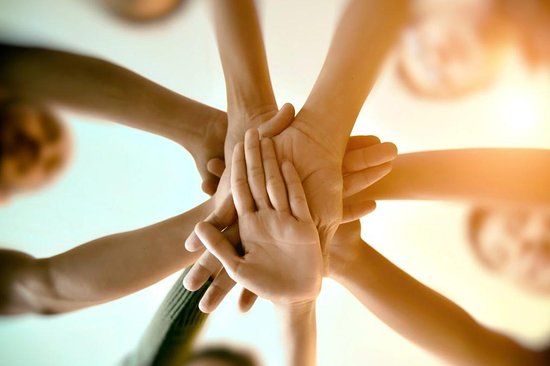You’ve got the team—great! But how do you know they’ll actually work well together? Tools like Basecamp time tracking can help manage workflows and keep an eye on team dynamics.
Getting the right mix of skills and personalities is crucial. Behind every successful project or company is strong team dynamics—they’re the difference between thriving and struggling.
If you want to boost your team’s efficiency and make projects run smoother, you’re in the right place. Here’s what we’ll cover:
- What team dynamics are
- Why team dynamics matter
- Real-world examples of team dynamics
- Strategies for building a strong team
What Are Team Dynamics?
In short, the definition of team dynamics boils down to this:
Team dynamics is a system of behaviors and psychological processes occurring within a team that affect their performance.
Kurt Lewin, an influential social psychologist, first mentioned team dynamics in 1939. He defined team dynamics as “positive and negative forces within groups of people.”

Kurt Lewin
German-American psychologist, known as one of the modern pioneers of social, organizational, and applied psychology in the United States
It means that each group has its psychological climate that influences group behavior and performance. Moreover, each personality type involved in the group unconsciously sets the direction of group dynamics, whether it’s positive or negative.
So, then why do you need to address group dynamics in your teams? Let’s break this down, step by step.
Why Do You Need to Consider Team Dynamics?
Put simply — team dynamics shape how well your team performs and innovates. And in turn, they directly impact your project’s success.
The good news? Team dynamics aren’t fixed. If a project starts off rocky, you can step in and shift the team’s energy instead of watching things spiral.
Project and HR managers work hard to build positive team dynamics—where trust, collaboration, open dialogue, and idea-sharing come naturally. In these teams, people feel safe speaking up and working together.
On the flip side, poor dynamics lead to bad decisions, constant conflicts, and a toxic environment where no one feels heard—or motivated.
The craziest thing about poor team dynamics is that even if your team consists of world-class professionals, the result of their collaboration will be far from perfection (at best) or just a downright disaster.
Examples of Team Dynamics
Surely, every business owner and each team leader wants to create only dynamic teams that develop positively and reach their goal. But, for this, they need to learn how to recognize the signs of a positive team dynamic. Here are some examples of team dynamics done right:
- Open communication. When team members are willing to discuss issues and problems throughout a project.
- Alignment. When each team member understands their duties in the project, overall project objectives, and project development direction.
- Conflict resolution. When each participant feels comfortable enough to resolve conflicts through discussion or take it to the group for public discussion.
- Commitment to the project. When each team member is deeply involved in the project and feels at ease to share their ideas on how to improve it.
- Optimistic thinking. When participants are ready to commit to the project even when everything is going wrong.
Building the Ultimate Team
Now that you know how to spot positive team dynamics, let’s talk about how to build them.
Get to know your team
You can’t develop a strong team without first understanding it. Study how your team works:
- Observe how they communicate during work and breaks.
- Hold one-on-one interviews to hear their concerns and ideas.
- Talk to managers and colleagues who interact with the team to get more perspectives.
This helps you spot weaknesses early—whether it’s poor communication, leadership gaps, low engagement, or hidden tensions.
- Common team issues:
- Weak leadership — lack of clear direction and task delegation
- Authoritarian culture — fear of speaking up or making mistakes
- Low engagement — some members carrying the workload for others
- Emotional tension — hidden aggression or negativity hurting communication
Develop and apply your strategy
Once you spot the issues, act quickly to improve team dynamics. Here’s how:
💨 Resolve problems fast
Conflict is normal. What matters is how you handle it. Encourage open discussions, whether privately or as a group, to solve problems before they escalate.
🤝 Build collaboration
Collaboration drives better results. Make it part of the culture by promoting teamwork and sharing goals across teams and departments.
👨💼 Strengthen team leaders
Strong leaders guide strong teams. Help them grow in key areas like time management, public speaking, and people skills.
📣 Improve communication
Clear, honest communication keeps teams aligned. Boost it through self-advocacy techniques, group decision-making, and team-building activities. If your team works remotely, focus on building strong remote collaboration.
What Tools Are Out There to Assist in Improving Team Dynamics?
The right time-tracking and project management tools keep everyone informed, focused, and accountable.
For instance, Everhour helps prevent burnout, avoids vacation overlaps, and supports a healthier work environment. Meanwhile, project management software gives teams a central place to track tasks, manage calendars, and stay aligned on goals.
Building a Dynamic Team: Wrap Up
Team dynamics can either disrupt projects or boost creativity and collaboration. To foster positive dynamics, apply strategies tailored to the specific issues your team faces.
When you invest time and resources into improving team workflow, you’ll see a real impact on employee self-awareness and teamwork.
Celebrate your workers by setting up an employee appreciation day!
- Featured image credit: Tripadvisor

